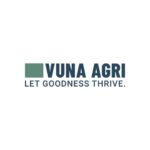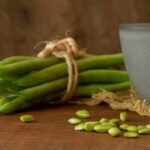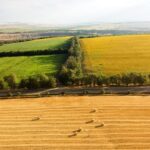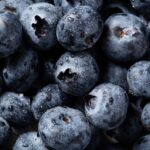In the quest for sustainable agriculture practices, farmers worldwide are increasingly turning to integrated farming systems that harness the synergies between different components of agricultural production. One such approach gaining traction is the integration of livestock into crop rotations. By combining crop production with animal husbandry, farmers can optimize resource use, improve soil health, enhance biodiversity, and create resilient farming systems. Let’s delve into the benefits and strategies of integrating livestock into crop rotations for sustainable farming.
Enhancing Soil Fertility:
Livestock play a crucial role in nutrient cycling within agricultural systems. Through their manure, urine, and bedding materials, animals contribute valuable organic matter and nutrients, such as nitrogen, phosphorus, and potassium, to the soil. Integrating livestock into crop rotations allows farmers to harness these nutrients, improving soil fertility and reducing reliance on synthetic fertilizers.
Weed and Pest Management:
Grazing animals, such as sheep, goats, and cattle, can help control weeds and pests in crop fields. By strategically rotating livestock through different areas of the farm, farmers can target weed species and reduce their populations naturally. Additionally, livestock grazing can disrupt pest life cycles and minimize pest damage to crops, reducing the need for chemical pesticides.
Diversifying Income Streams:
Integrating livestock into crop rotations can diversify farmers’ income streams and mitigate financial risks associated with crop production alone. Livestock products, such as meat, milk, and eggs, provide additional revenue opportunities for farmers, enhancing economic resilience and stability.
Improving Soil Structure and Health:
Livestock grazing and trampling can improve soil structure by breaking up compacted soil layers and promoting aeration and water infiltration. Additionally, animal hoof action can incorporate organic matter into the soil, enhancing soil aggregation and microbial activity. These processes result in improved soil health, water retention, and nutrient cycling, ultimately benefiting crop growth and productivity.
Rotational Grazing Systems:
Rotational grazing systems, such as intensive rotational grazing (IRG) and holistic planned grazing (HPG), are key strategies for integrating livestock into crop rotations. These systems involve dividing pastureland into smaller paddocks and rotating livestock through them in a planned sequence. Rotational grazing maximizes forage utilization, minimizes overgrazing, and promotes pasture regeneration, benefiting both livestock and soil health.
Agroforestry and Silvopasture:
Agroforestry practices, such as silvopasture, integrate trees, forage crops, and livestock within the same agricultural system. Silvopasture systems provide shade and shelter for livestock, diversify forage options, and enhance biodiversity. By combining trees with pastureland, farmers can optimize land use, sequester carbon, and create resilient agroecosystems.
Integrating livestock into crop rotations offers numerous benefits for sustainable farming, including enhanced soil fertility, improved weed and pest management, diversified income streams, and improved soil health. By adopting rotational grazing systems, agroforestry practices, and holistic management approaches, farmers can harness the synergies between crops and livestock to create resilient and regenerative agricultural systems. As the world faces mounting challenges related to climate change, resource scarcity, and food security, integrating livestock into crop rotations represents a promising pathway towards sustainable agriculture and a more resilient future.







